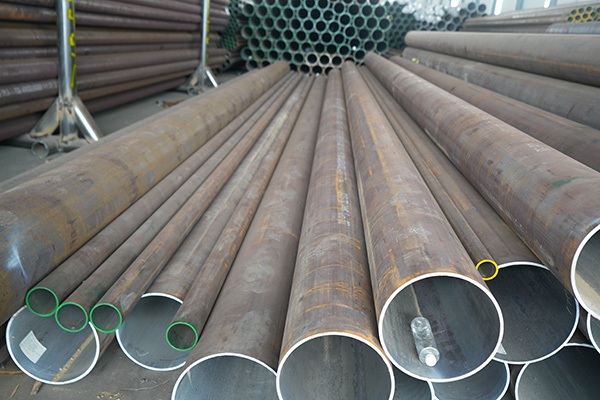

Maintenance Strategies for Prolonging the Service Life of Oil and Gas Line Pipe
Maintaining oil and gas line pipes in optimal condition is critical for the reliability and safety of pipeline systems, particularly given their exposure to high-pressure fluids, corrosive substances, and varying environmental conditions. Implementing robust maintenance strategies can significantly extend the service life of these pipelines and reduce long-term operational costs.
1. Regular Inspection and Monitoring:
Routine inspections using non-destructive testing (NDT) techniques such as ultrasonic testing, magnetic flux leakage, and radiographic testing help identify early signs of corrosion, cracks, and wall thinning. Smart pigging devices can be deployed to assess internal conditions of pipelines during service.
2. Corrosion Protection Measures:
To combat internal and external corrosion, line pipes are typically coated with anti-corrosion layers such as fusion bonded epoxy (FBE) or three-layer polyethylene (3LPE). Cathodic protection systems are also commonly used to mitigate electrochemical corrosion, especially in underground or submerged pipes.
3. Fluid Treatment:
Controlling the chemical composition of transported fluids by removing water, oxygen, and hydrogen sulfide (H₂S) helps prevent corrosion and scaling within the pipes. Inhibitor injection systems can also be used to form protective films along the internal walls of the pipeline.
4. Mechanical Integrity Programs:
Establishing a mechanical integrity (MI) program that includes documentation, failure history analysis, and risk-based inspection schedules ensures long-term reliability. MI programs help predict and prevent potential failures through data-driven strategies.
5. Prompt Repairs and Replacements:
Addressing detected anomalies promptly through welding repairs, clamp installations, or section replacements reduces the risk of catastrophic failures. Maintenance crews should be trained and equipped to respond quickly to inspection findings.
6. Environmental Control and Support Structures:
In regions prone to soil movement, frost heave, or seismic activity, proper anchoring and flexible joint installation help absorb environmental stresses. Keeping pipelines free from encroaching vegetation and external mechanical damage is also essential.
By integrating these strategies into a comprehensive pipeline integrity management system, operators can ensure the long-term efficiency and safety of oil and gas line pipes, even in challenging operational environments.
References
API Recommended Practice 1160: "Managing System Integrity for Hazardous Liquid Pipelines"
NACE SP0502-2010: "Pipeline External Corrosion Direct Assessment"
ASME B31.8S: "Managing System Integrity of Gas Pipelines"
DNVGL-RP-F101: "Corroded Pipelines – Recommended Practice"
Sheng, J.J. Modern Chemical Enhanced Oil Recovery, Gulf Professional Publishing, 2010.





